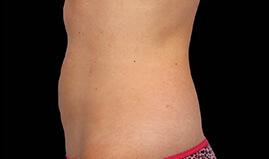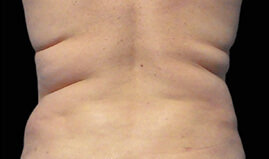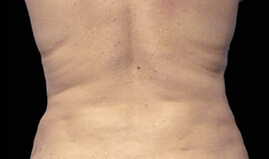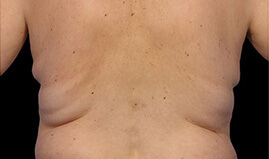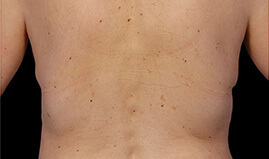Want to know how to lose thigh fat? Here are the top three ways to reduce the size of your thighs without going under the knife.
#3: Aerobic / Cardiovascular Exercise
Let’s go ahead and get it out of the way: there’s no scientific evidence that you can reduce fat in certain area like the thighs (also called “spot reduction”). So what’s different about aerobic exercise, and why should you focus on this instead of doing 100 squats? Training your legs has benefits, for sure – it will give you better muscle tone and increase muscle mass, which is a great way to reduce the appearance of cellulite. But if you want to know how to lose thigh fat, you need to focus on exercises that will burn calories, rather than build muscle.
Choosing a routine designed to burn calories and lose weight overall is the fastest way to lose thigh fat through exercise. That doesn’t mean avoid using your legs, of course. You’ll end up using them plenty, whether you’re running, jumping, rowing, interval training, swimming, or trying parkour. But if you want to lose thigh fat through exercise, you need to focus on burning as many calories as possible, not how many squats you can do.
If you haven’t been exercising, you might notice improvements in muscle tone within the first couple of weeks. However, you shouldn’t expect to see results immediately. Losing fat through exercise alone can take about 6 months before you notice a visible difference in the mirror.
#2: Reduce Calories
When you reduce fat through exercise, it’s because the energy expenditure from exercising puts you into a calorie deficit. There are a lot of benefits to exercise, but it’s a pretty roundabout way of losing fat in your thighs (despite what all those Pinterest ads may lead you to believe). You can take a much more direct approach (and see faster results) by simply cutting back on your daily calorie intake.
Like exercise, calorie reduction will cause you to lose weight fairly evenly; there’s no way to target your thighs specifically. It takes determination, discipline, and a solid diet plan to lose weight and keep it off. It you’re going to go this route, it’s a good idea to find out your current basal metabolic rat so you know how many calories you burn and how much you need to reduce. If you start an 1800 calorie “diet” when your metabolic rate is 1700, you’re not going to lose weight at all.
How long a calorie reduction diet takes to affect the size of your thighs will depend on how much you cut calories. Some diets can see results in as little as three months, others may take longer. It’s important to choose a weight loss program that helps you establish good eating habits after the weight loss phase is over.
#1: Thigh CoolSculpting
Diet and exercise are effective when done right, and they bring with them a host of other health benefits. But neither of these methods will allow you to lose fat in targeted areas. That’s why the most effective way to lose fat in your thighs is still CoolSculpting.
CoolSculpting isn’t a weight loss solution; it’s a body sculpting solution. It uses sustained temperatures to freeze fat in a specific area, and it can change your body’s shape in ways that just aren’t possible with diet and exercise. CoolSculpting the inner or outer thigh area can take as little as 35 minutes, or as much as an hour and a half of time for each cycle.
Compared to surgical procedures, CoolSculpting is quick and easy. You’ll be able to return to work immediately after the treatment, with zero down time. Because CoolSculpting freezes fat cells, rather than suctioning them out, it relies on your body’s natural processes to eliminate those dead cells over time. Massaging the area helps break up tissue in the area and speeds up the process. You can start to see results as early as 30 days, with final results at 120 days.

Coolsculpting outer thighs results. Actual client of DaVinci Body Sculpting Houston TX.
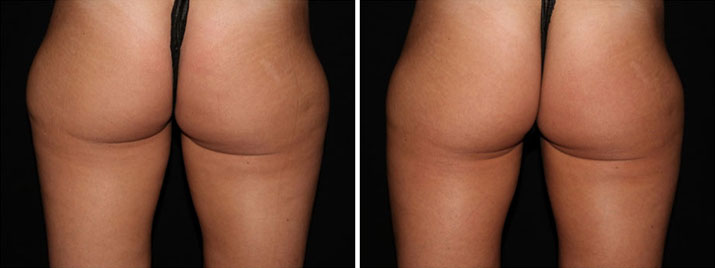
CoolSculpting inner thighs results. Actual client.
View more thigh before and after photos.

